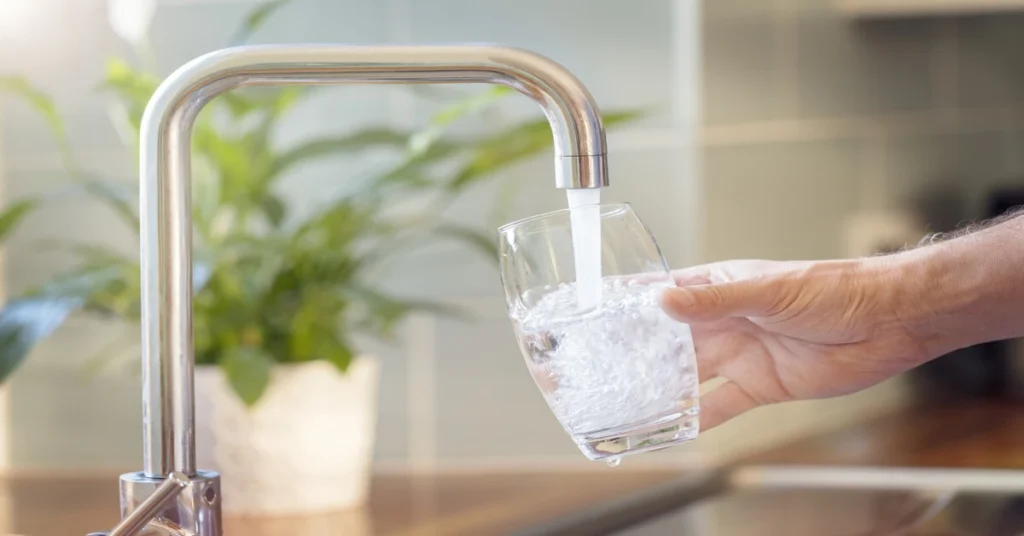If you’re looking to improve tap water quality for your plants’ benefit, you’ve landed on the right page. Chlorine is a common ingredient in municipal water supplies because it kills harmful bacteria.
However, it may not be beneficial for your plants. This guide delves into how to dechlorinate water for plants and why it’s essential.
Understanding the Chlorination and Dechlorination Process
Chlorination refers to adding chlorine to the water to treat and disinfect it, making it safe for human consumption. But when watering our plants, we need to dechlorinate our tap water.
So what is dechlorination? It’s the process of removing chlorine from water. For healthier plants, we recommend dechlorinated water. Although many plants can tolerate chlorine, dechlorinated water reduces potential stress and improves growth.
Why You Need to Dechlorinate Tap Water
You might ask, “Do I need to dechlorinate tap water for my plants?” The answer is yes. Excessive chlorine can harm beneficial soil microorganisms, disrupting the balance in your soil.
Moreover, some plants are more sensitive to chlorine and may show signs of stress or damage when watered with chlorinated water.
Methods to Dechlorinate Water for Plants
So, what’s the best way to dechlorinate water? Several methods can effectively remove chlorine from your tap water. Let’s go through the most common methods:
1. Natural Evaporation: Chlorine is volatile and can naturally evaporate from water if left standing open to the air. Leaving it out for 24 to 48 hours for small quantities of water can allow the chlorine to dissipate.
2. Boiling Water: Boiling tap water is another effective way to remove chlorine. However, this method may not be practical for large volumes of water or if chloramines are present, which are more stable and won’t evaporate or boil off.
3. Water Filters: A water filter fitted with activated carbon can effectively remove chlorine from water. It’s a viable option if you’re trying to regularly dechlorinate large volumes of water. Ensure to maintain the filter as per the manufacturer’s instructions.
4. Use of Ascorbic Acid: Adding a small amount of ascorbic acid, or Vitamin C, can neutralize chlorine. Roughly 1g of ascorbic acid can dechlorinate 100 gallons of water.
Dechlorinating Large Batches of Water
If you need to dechlorinate large batches of water for your garden, consider purchasing a dechlorination water filter or a chlorine neutralizer. These options are efficient and time-saving for treating more significant volumes of water.
Test Chlorine Levels
Finally, consider using a chlorine test kit to understand the chlorine levels in your tap water. Knowing these levels can help you decide the best method for dechlorination and ensure the water you’re using to water your plants is free from harmful chlorine levels.
Conclusion
Dechlorinating water for plants leads to a healthier and more thriving garden. Though it may require some extra steps, the benefits your plants reap are well worth the effort.

